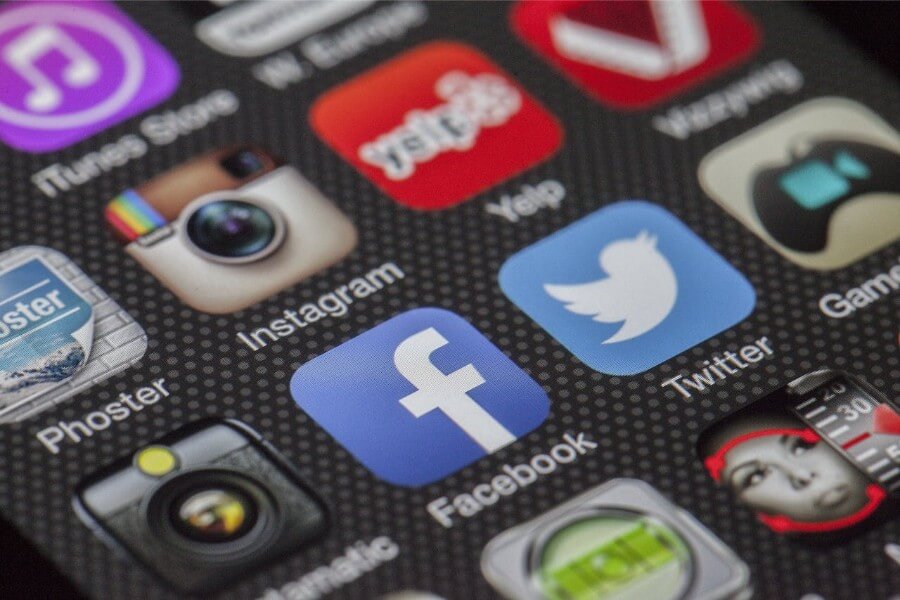
In today’s digital age, graphic design plays a crucial role in capturing the attention of your audience and conveying your message effectively. Whether you are a seasoned graphic designer or a marketer looking to enhance your visual content, understanding the nuances of graphic design for different platforms is essential. In this comprehensive guide, we’ll explore expert tips and techniques to create stunning graphics tailored to various platforms. We’ll also delve into how Pixelixe, with its innovative Image Generation API, can revolutionize your graphic design workflow.
Understanding Platform-Specific Design
Designing for different platforms requires a deep understanding of each platform’s unique requirements, audience, and visual language. Let’s explore some popular platforms and the key design principles associated with them:
1. Social Media Platforms
Visual Consistency: Maintaining a consistent look and feel across your social media profiles is crucial for brand recognition. Use the same color schemes, fonts, and design elements.
Image Sizing: Each platform has specific image size recommendations. For example, Instagram prefers square images, while Facebook banners require a different aspect ratio. Resize your graphics accordingly.
Content Relevance: Tailor your visuals to match the platform’s purpose. Instagram favors lifestyle and aesthetic content, while LinkedIn prefers professional and informative graphics.
2. Website Design
Responsive Design: Ensure your website graphics are responsive to different screen sizes and devices. A responsive design provides a seamless user experience.
Loading Speed: Optimize image file sizes to improve website loading speed. Compressed images maintain quality while reducing loading times.
Visual Hierarchy: Use design techniques like contrast, typography, and color to guide visitors’ attention to important content.
3. Email Marketing
Mobile Optimization: Most emails are opened on mobile devices. Create graphics that are mobile-friendly and ensure they load quickly.
Clear Call-to-Action: Use visuals to emphasize your email’s call-to-action, making it easy for recipients to take the desired action.
Consistent Branding: Maintain a consistent visual identity in your email designs to reinforce brand recognition.
4. Print Media
Resolution and Color Modes: When designing for print, ensure your graphics are in high resolution (usually 300 DPI) and use CMYK color mode for accurate printing.
Bleed and Margins: Account for bleed areas and margins to avoid cropping issues in the final printed product.
Typography: Choose fonts that are legible in print and consider font sizes for readability.
The Role of Automation in Graphic Design
As the demand for high-quality graphics across multiple platforms continues to grow, graphic design automation has become a game-changer. Tools like Pixelixe offer powerful solutions to simplify and streamline the design process.
Introducing Pixelixe and the Image Automation API
Pixelixe is a white-label graphic design platform that empowers marketers, designers, and businesses to create stunning visuals effortlessly. One of its standout features is the automated image generation, which leverages creative automation techniques to generate variants of any graphic design. Here’s how it works:
Template-Based Design: Pixelixe provides a library of customizable templates for various platforms, from social media posts to website banners.
Easy Customization: Users can easily modify templates by changing text, images, colors, and other elements to match their brand or campaign requirements.
Automation at Scale: With the Image Generation API, you can generate multiple design variations instantly, saving you hours of manual work.
Consistency: Pixelixe ensures that your designs maintain a consistent visual identity across different platforms.
How Pixelixe Can Benefit Marketers
Time Efficiency: Marketers can quickly create and adapt visuals for various marketing campaigns, allowing them to stay agile and responsive.
Cost Savings: With Pixelixe, you don’t need to hire a dedicated graphic designer for every project, reducing design-related expenses.
Brand Cohesion: Maintain a cohesive brand image across all marketing materials, strengthening brand recognition.
Data-Driven Decisions: Experiment with different design variations to determine which visuals resonate best with your audience.
Expert Tips for Using Pixelixe Image Generation API
To make the most of Pixelixe and the Image Generation API, here are some expert tips:
Start with Templates: Begin your design process with Pixelixe’s pre-designed templates. They provide a solid foundation for your graphics.
A/B Testing: Create multiple design variations using the API, and conduct A/B testing to identify the most effective visuals.
Stay Consistent: Use Pixelixe to ensure consistency in design elements such as fonts, colors, and logos across all your marketing materials.
Experiment and Iterate: Don’t be afraid to experiment with different design options. The flexibility of Pixelixe allows for creativity and innovation.
In conclusion, when creating graphics for various platforms, it’s essential to consider branding consistency—a principle that top Chicago marketing firms emphasize to ensure a cohesive visual identity across digital and print media. Graphic design for different platforms is a multifaceted endeavor that requires expertise, creativity, and the right tools. Pixelixe, with its Image Generation API, empowers marketers to streamline their design process, save time and resources, and maintain brand consistency. By following platform-specific design principles and leveraging automation, you can create visually captivating graphics that resonate with your audience and drive your creative automation marketing efforts to success.